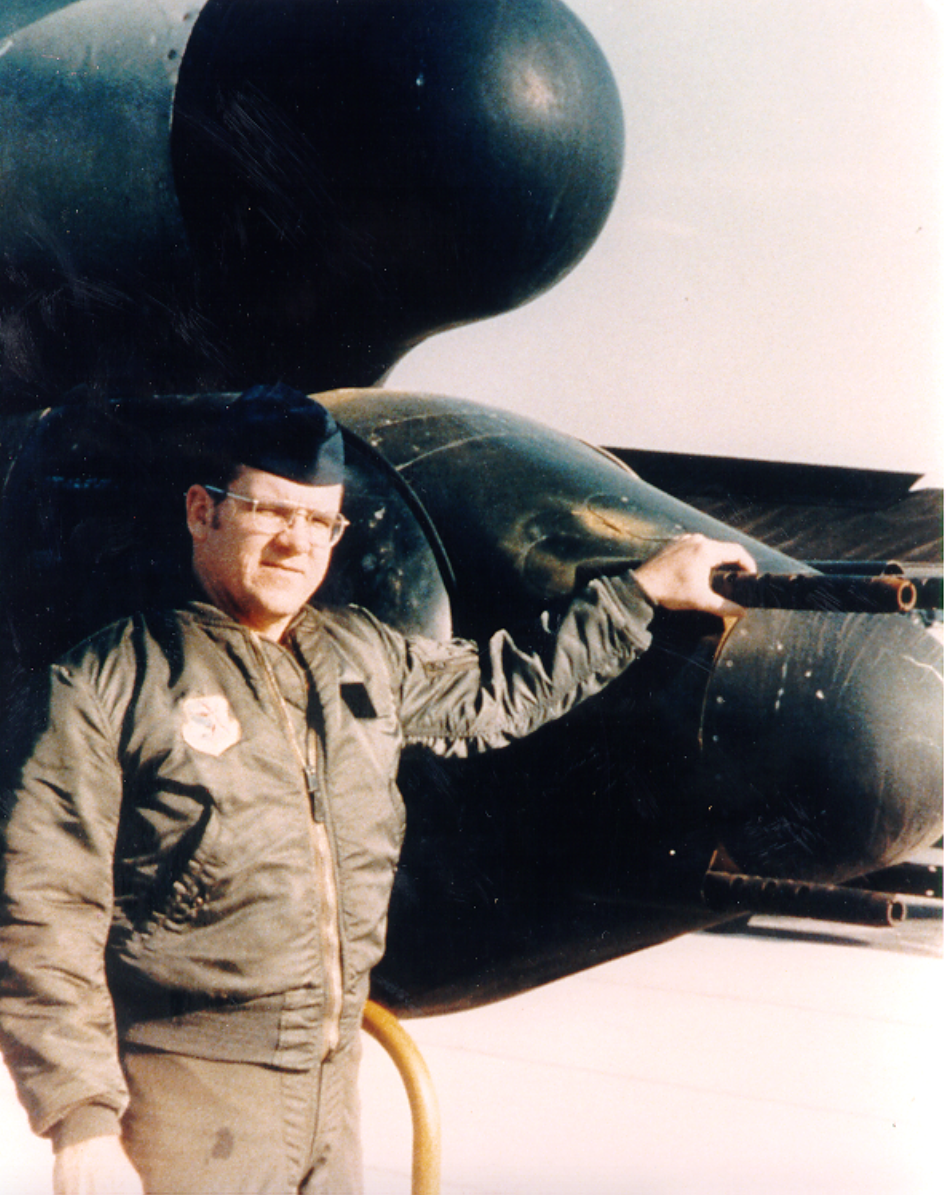
18 December 1972: On the first night of Operation Linebacker II, Staff Sergeant Samuel Olin Turner, United States Air Force, the gunner aboard Boeing B-52D-35-BW Stratofortress 56-676 (call sign “Brown 3”), saw a supersonic Mikoyan-Gurevich MiG 21 interceptor approaching the bomber from below and behind, with a second interceptor following at a distance.
As the Mach 2 fighter made a firing pass, Turner directed the four Browning AN-M3 .50-caliber machine guns of the bomber’s tail turret at the enemy fighter and opened fire. In a single 6–8 second burst, he expended 694 rounds of ammunition. He saw “a gigantic explosion to the rear of the aircraft.”
Master Sergeant Louis E. LeBlanc, the gunner on another B-52, “Brown 2,” had also seen the MiG 21 and confirmed Turner’s kill.
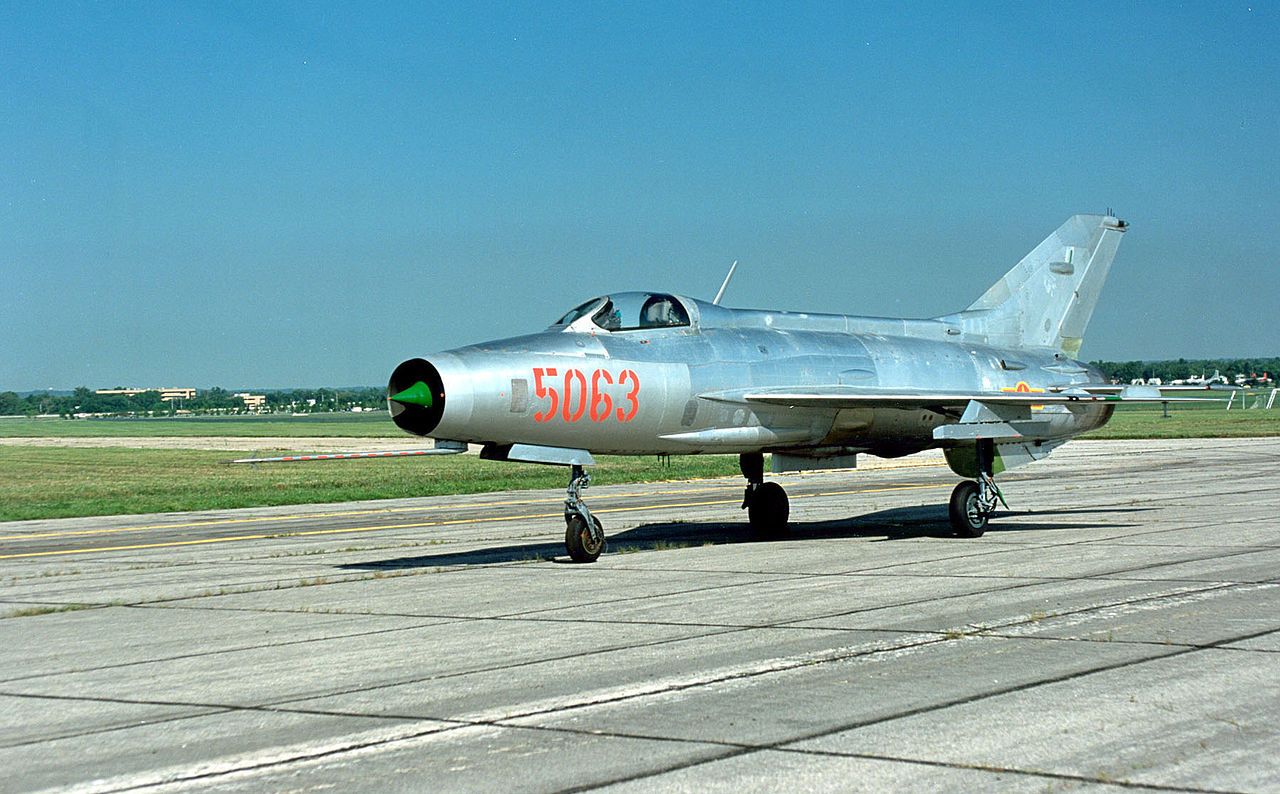
Staff Sergeant Turner was the first B-52 gunner to be officially credited with shooting down an enemy fighter, and the first aerial gunner to shoot down an enemy aircraft since the Korean War. He was awarded the Silver Star.
The citation reads,
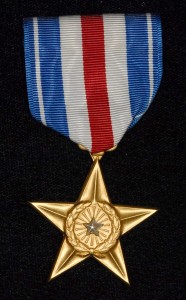
Staff Sergent Samuel O. Turner distinguished himself by gallantry in connections with military operations against an opposing armed force as a B-52 Fire Control Operator near Hanoi, North Vietnam, on 18 December 1972. On this mission, Sergeant Turner’s aircraft was attacked by numerous enemy fighters. During these attacks he skillfully operated his gunnery radar equipment to train his guns on the attackers and destroyed one of them. By his courage in the face of hazardous combat conditions and outstanding professional skill, he successfully defended his aircraft and its crew and enabled it to complete its mission and return safely to base. By his gallantry and devotion to duty, Sergeant Turner has reflected great credit upon himself and to the United States Air Force.
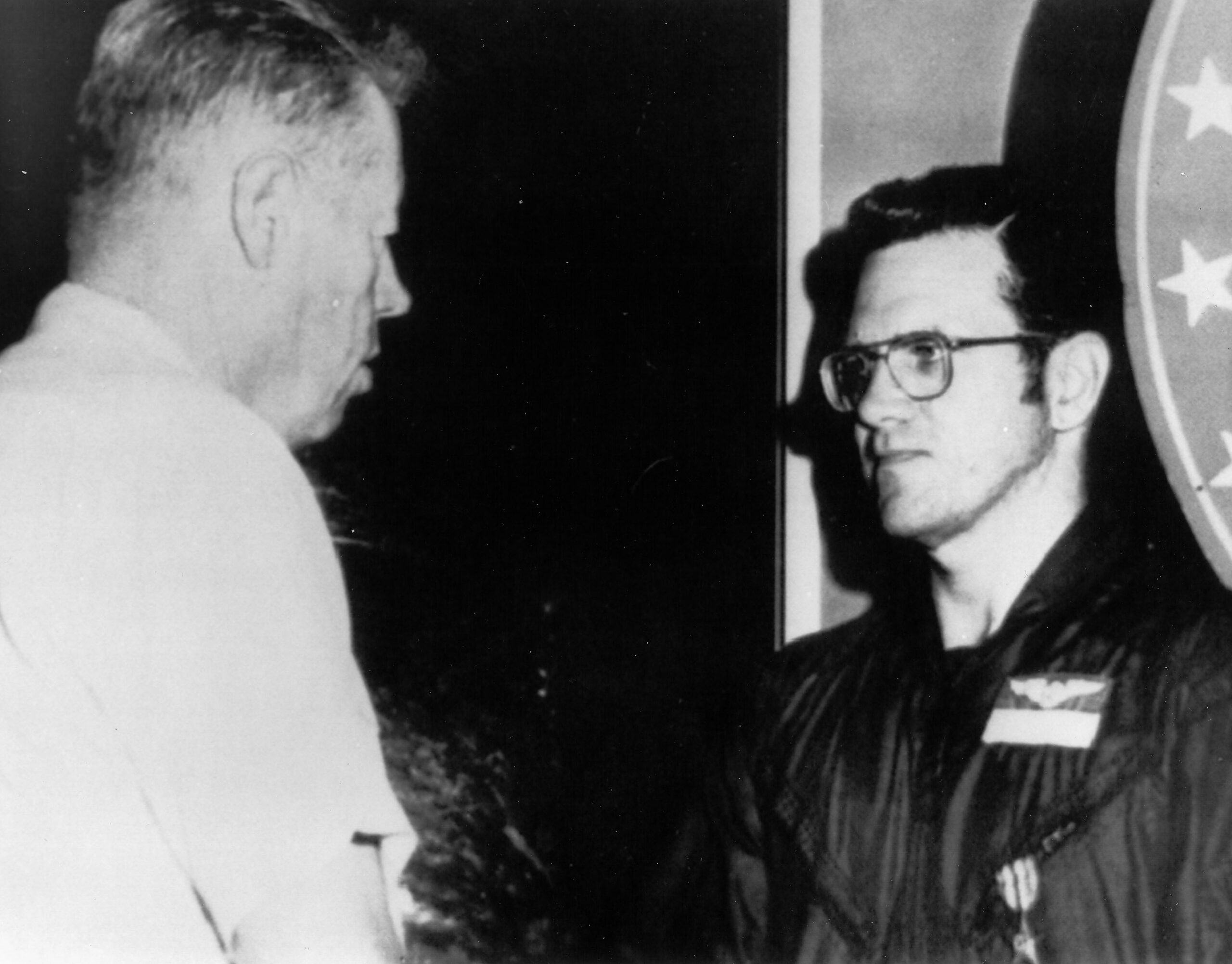
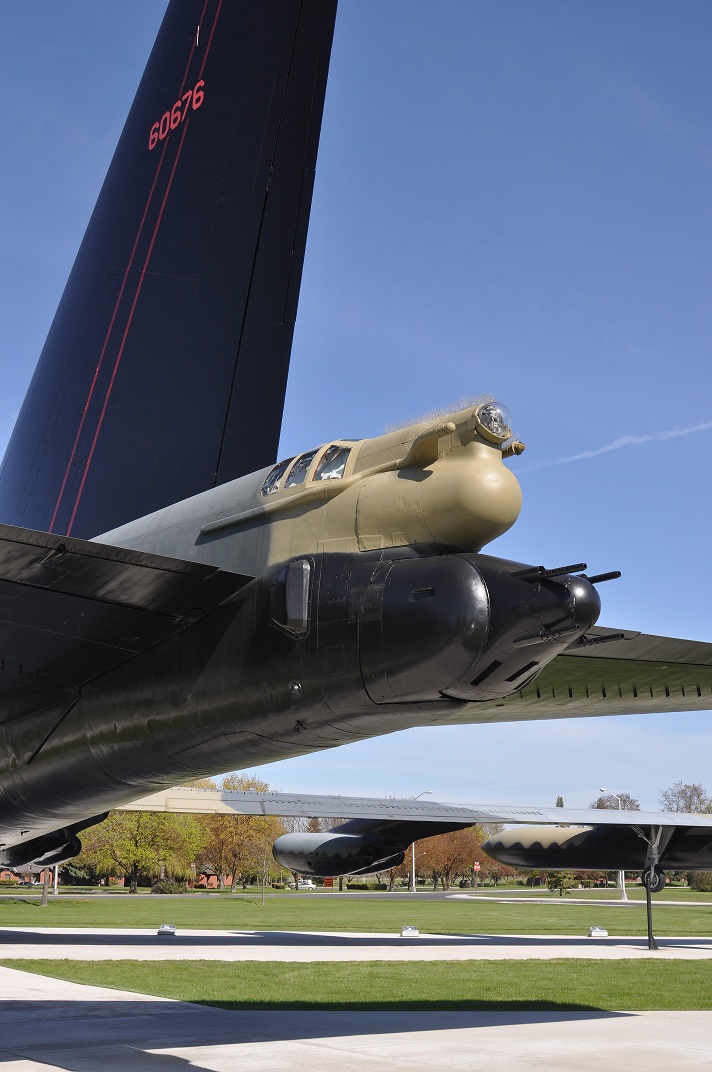
Samuel Olin Turner was born at Atlanta, Georgia, 15 August 1942. He was the son of William Edgar Turner and Beatrice Honnicutt Turner. Sam Turner attended Russell High School at East Point, Georgia, then studied at David Lipscomb College, Nashville, Tennessee.
Turner enlisted in the United States Air Force, 13 January 1970, and was trained as a gunner on Boeing B-52s. He served in Southeast Asia for two years. In 1977, Technical Sergeant Turner transitioned to the B-52H Stratofortress, which was equipped with a remotely-operated M61A1 20 mm six-barreled rotary cannon.
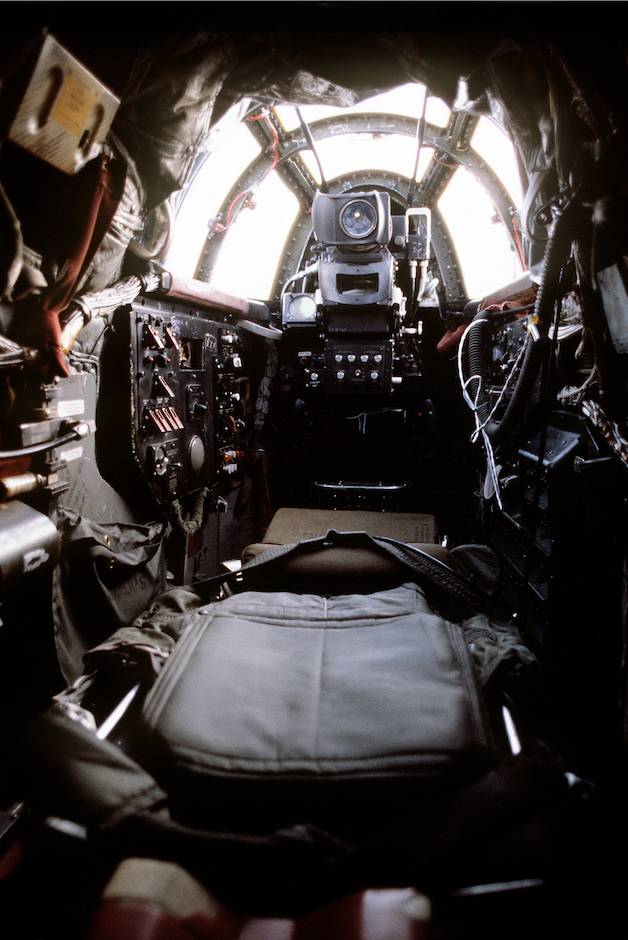
Senior Master Sergeant Samuel O. Turner was released from the U.S. Air Force 31 January 1982. In addition to the Silver Star, during his military career Turner had been awarded the Distinguished Flying Cross and a number of Air Medals. He died at Stockbridge, Georgia, 9 April 1985, at the age of 42 years.
The Samuel O. Turner Airman Leadership School at Ellsworth Air Force Base, near Rapid City, South Dakota, is named in his honor.
56-676 was the last Boeing B-52D Stratofortress in service. It is on display at Fairchild Air Force Base, Spokane, Washington.
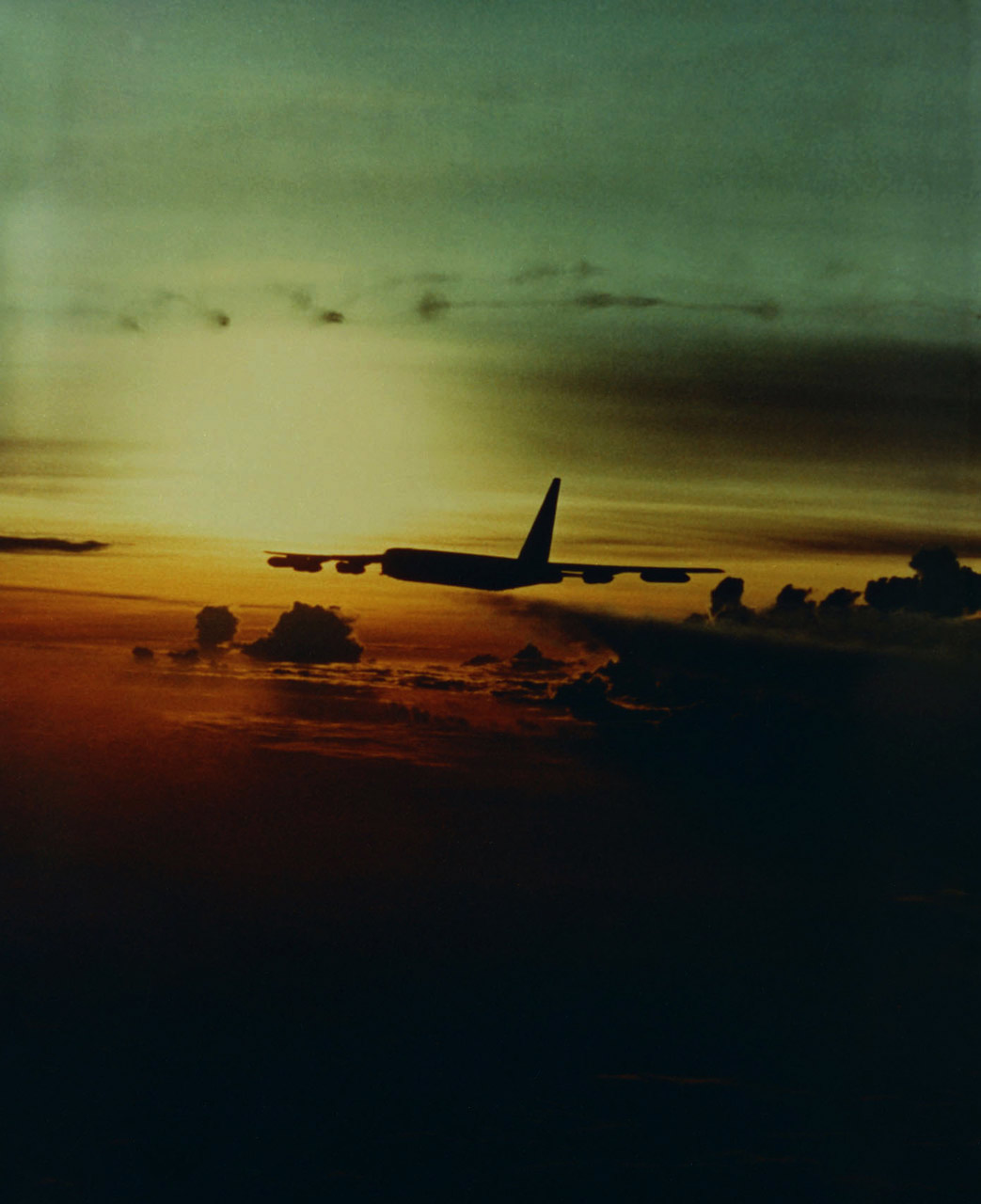
© 2017, Bryan R. Swopes
His name was Samuel not Daniel. I have copies of the official AF documents and was a roommate on alert duty with him. He died April 12, 1985.
I’m sorry to have gotten MSGT Turner’s name wrong. Thank you for the correction. I have changed my post. And thank you for reading my blog.
Thanks for the blog. Sam was a really good guy.
I was stationed at Utapao during this time as a 462/bomb loader and was present when Msgt Turner got his silver star.
Thanks, Bobby.
I really enjoy these articles…I was USAF 1969-1973…I was TDY at Tahkli just before this…was a 43151C crew chief on F4Ds TDY from Holloman, May-Oct ’72…
I’m glad that you like them, Michael. Thank you. —Bryan
Lucky Robins Crew S-13 (AC John Alward, CP Robert Davis, RN David Meunier, EW Art Flores, Gunner Steve Dring, and I, Navigator) got to go flying with Pete Geroux’s (sp?) crew often in ’72. As professional as they come… They were shot down in a subsequent LBII mission, I had heard the CoPilot was killed, and others of the crew were captured.
I think there’s an error in his enlistment dat.? You’ve got, “Turner enlisted in the United States Air Force, 13 January 1970”. It would have been rather strange for him to make SSgt in less than three years and even stranger to be a SMSgt in only 12, his release date. I would imagine the date of 13 Jan 1960 a more accurate one.
My Dad was the CoPilot on this flight
Below is my FB post today
I’m sure your dad is pretty cool but he may not be Flying over Downtown Hanoi-Shooting Down a Soviet Mig cool.
This is the first time I have ever heard this story as my Dad doesn’t talk about it much but this is where he was 47 years ago tonight. He was the co-pilot on a B52 during Operation Linebacker II flying directly over Hanoi, Vietnam. That night they shot down the first ever Soviet MIG. He only posted this because I told him he should record it.
“My son asked me to expand on my comments ref December 18 1972, so here goes: if my facts or chronology is a little off, please forgive me but this is how I remember it.
The day started off like the many others of my third or fourth arc light tours–with one difference: there was no flying schedule posted. We normally flew six missions and then a day off with the schedule posted at crew control. Of course speculation started. Are we going home? Are we going to Guam? Is there a special mission?
Eventually a notice was posted that all crews would report at given time after midnight.
Our nav team went to target study and later reported to the rest of the crew, “we’re going downtown baby”.
When the mission brief started we soon found out where “downtown” was. A large black target triangle was on the city of Hanoi. 21 ac would launch a short time later. We were designated as the engine running spare meaning we would only takeoff if another’s ac had to abort. we were parked near the runway with engines running.
All aircraft launched on schedule except for the 21st plane. As he started to take the runway, I noticed a huge fuel leak coming from the right wing.
We notified “Charlie tower” who directed the leaking AC to abort. As soon as he cleared the runway, we were told to launch and thus took our position as number three in a cell and number 21 in the stream, tail end Charlie.
We proceeded to the timing box and then toward the target. As we got closer to Hanoi the air was filled with AAA and SAMs. We had been ordered not to maneuver from the IP to the target.. it was difficult to do with the SAM warheads exploding all around but we were above most of the AAA. we dropped our 108 bombs and made the turn south and toward
Utapao..
Thinking we were safe the crew relaxed somewhat until the EWO said, “I have A I (airborne intercept) lock-on at six o’clock.” The EWO dispensed flairs and chaff but the lock-on continued but now the gunner had the MIG on his scope. “Two AI’s six o’clock and closing”, stated the gunner. When asked if we should take evasive action, the gunner said, “Wait a second.” Then we felt the burst of fire from the four 50 cal guns. As soon as the second burst started, Msgt Turner yelled over intercom,:” i got him, I got him, I got him.” The explosion lit up the dark sky. The other MIG disappeared from the scopes and we knew we had been very lucky.
The first B-52 to shoot down an enemy airplane and humble Sam Turner became an instant celebrity. A great guy who would lose his life to cancer a few years later.
Again any errors or omissions are due to my 73 year old Sing Hai (sp) soaked brain.” — Larry Odom.
I was thinking the same thing, but do not know the facts off hand
Who was the Aircraft Commander on this Buff?
Under three Ssgt: I say possible. I went in 23 Jan 1968. In September 1970 I had a line number for Staff. I sewed it on 01 March 71, the last month of the 6-month cycle. I credit my fast promotion to doing well on the brand new Weighted Airman Promotion System testing implemented in June 1970.
I was also in Utapao (FEB 72-Feb 73) in the 307th FMS. Remember the nights of LINEBACKER II well.
REST IN PEACE SMsgt Turner.
I really enjoyed reading about the B-52 crews and their heroic acts during Linebacker & Linebacker ll. I was in the Air Force from Jun 69 to Mar 73 and my home base was McCoy AFB in Orlando, Fl. I was a Crew Chief on the KC -135 and mostly TDY to Kadena AFB. I used to love watching the massive B-52 refueling from the boom pod but sometimes it could be a scary sight! I can only imagine the adrenaline of a gunner in the tail end of the BUFF on a bomb run!
I was at Utapao during Linebacker II- as a Fire Control tech, probably maintained repaired or tuned up the Search, Tracking radar and computer on this Buff or even armed the 50 cals’ before flight, I was not on the debriefing crew!